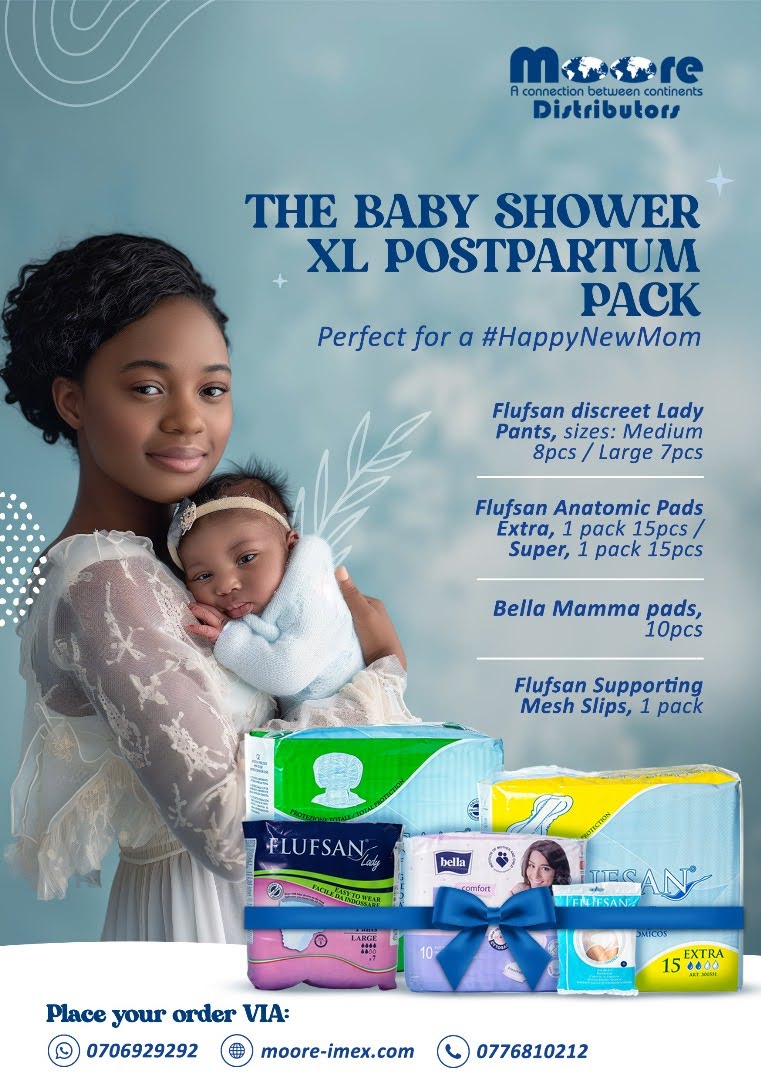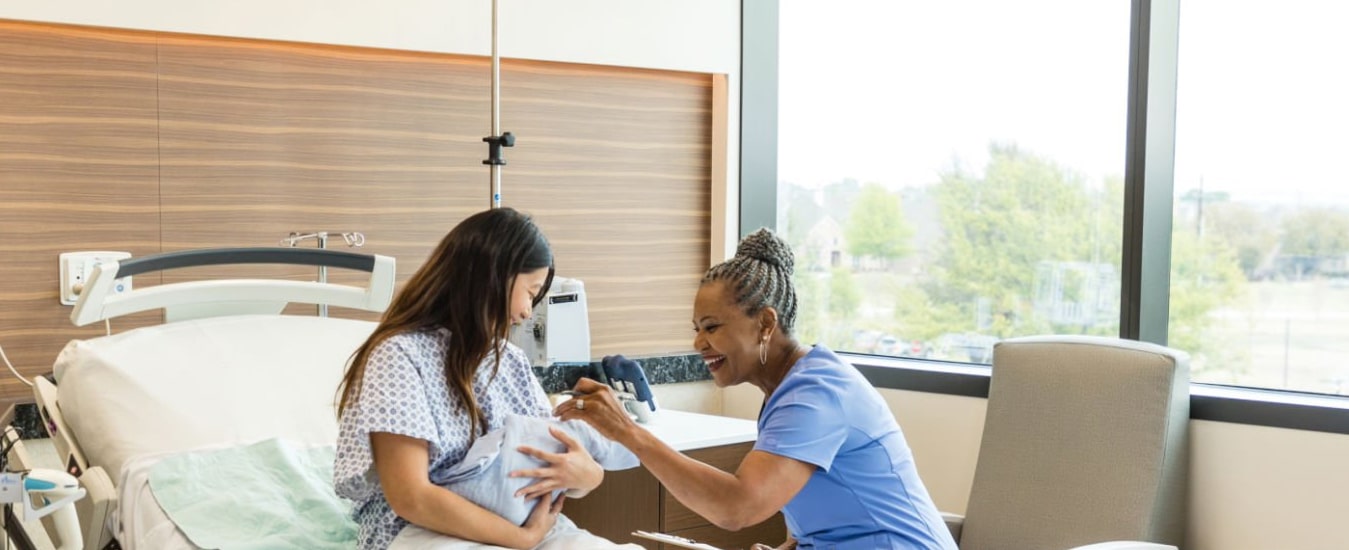The Maternal and Perinatal Death Survelliance and Response (MPDSR) 2020 report shows that almost 90% of institutional maternal deaths are due to haemorrhage (45%), pregnancy-related sepsis or abortion complications (21%), and hypertensive disorders of pregnancy (13%).
Immediate postnatal care (PNC) need to be prioritised to reduce institutional mortality.
In the first few days after caesarean, anything that puts pressure on the incision can be painful. These mesh underwear fit comfortably around the incision which reduces swelling and facilitates faster healing of the incision.After childbirth there is a high risk of infection by bacteria. Wearing closed underwear would create an anaerobic environment that supports multiplication of bacteria that could cause fever, foul smelling vaginal discharge, painful urination, swelling and pain.The supportive design of the mesh pants can help the uterus return to its before-baby size, while also flattening and smoothing the bulge of your incision. In our hospitals today,a combination of cotton and gauze are used to make post partum pads for mothers after delivery.
However during the making of these pads there is a high chance of transmitting infections to the mothers since there is no guarantee that the individual who has made the pad has followed the right procedure to disinfect their hands as per the Ministry of Health Infection control policies and procedures. With the cotton and gauze it can be difficult to monitor the amount of bleeding post partum since they are not very absorbent and require to be frequently changed by the patient. With a nurse having to follow up on many mothers, they might not be able to track and make timely decisions that can save the life of a mother with post partum haemorrhage which contributes 80% to the haemorrhage related maternal deaths
In addition, it can be very discomforting and painful while trying to remove pieces of cotton and gauze that get stuck to the incision.
Prevention of Hospital Acquired Infections
Hospital infections are a problem; to all healthcare institutions. There are several sources and routes for the transmission of microorganisms and because of that it is very difficult to fully eliminate the spread of infections.
It is therefore imperative that a concerted effort be made by all stakeholders to minimize the number of cases and hence reduce suffering and cost of treatment.
There are a few options that help reduce the risk of hospital infections, one of which is the introduction of a hospital prevention system based on the provision of inter alia quality maternal and child health commodities.
Explore the common causes and treatment options by following the links below:
- Fistula causes & complications
- Urinary incontinence causes & treatment
- Causes & treatment options for menorrhagia (heavy menses)
By Dr. Nsenga Joseph



